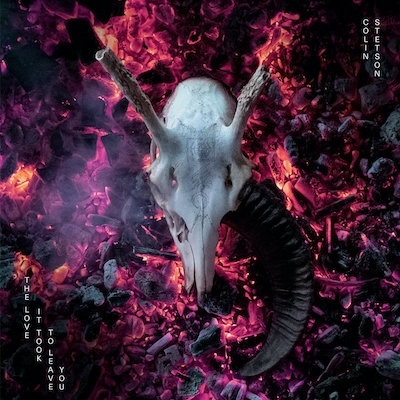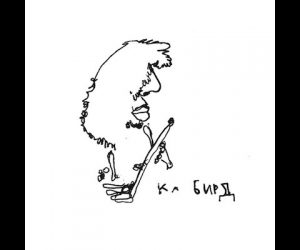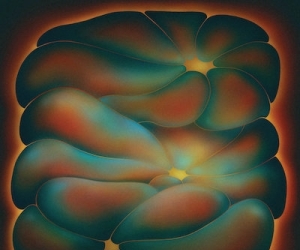
Virtuoso saxophone player Colin Stetson learned the art of circular breathing at fifteen and has been redefining the creative possibilities of instrument plus breath, body, and microphone ever since—recording solo albums and movie and game soundtracks and performing with cohorts like Tom Waits, Lou Reed, Sarah Neufeld, Bill Laswell, and LCD Soundsystem. Over one week last year, Stetson recorded his solo album The Love It Took to Leave You in the Darling Foundry, a 144-year-old brick and steel plant in Montreal that has been turned into an arts complex, and in this case an amplifier of sorts, if not an instrument in itself. He played alto and bass saxophone and contrabass clarinet in the large, reverberant space, using a device on his throat to turn his vocalizations and breathwork into polyphonic overtones, and multiple microphones to create percussive elements from his fingers moving on the keys and pads.
Everything was recorded live, with zero overdubs or loops. Words like stunning, astounding, and unbelievable are inadequate to describe the music—a physical feat of seemingly superhuman performance as well as a technical tour de force and, most importantly, an artistic accomplishment of intense emotion and devastating beauty. Stetson’s circular breathing technique makes the sax notes cascade, flutter, and drone, wrapping the listener in eerie reverberating tones while the vocals wail, sometimes animal-like, sometimes ethereal, sometimes like they’re underwater. While he has referred to the title track as a love letter to solitude, and several tracks resonate in gentle harmony, the nearly twenty-two-minute “Strike your forge and grin” is a standout, with an electrically vibrating drone that speeds up and turns into a driving rhythm with clicking keys and an echoing vocal that becomes almost unbearably intense before it eases back like a great beast exhaling. A breathtaking achievement.


